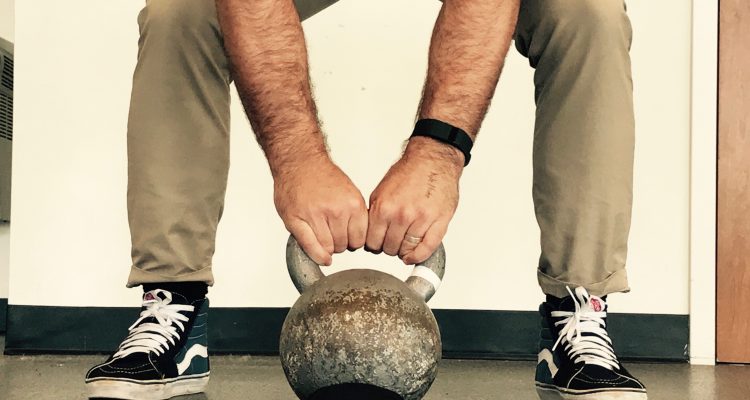At SPARC, we believe fitness is the sum of four health categories: Strength, Mobility, Cardiovascular Fitness, and Body Composition. Conditioning in each of these four pillars is your key to preventing disease, improving quality of life, and maximizing your physical potential.
When training holistically, it is important to know how much time to spend on each area of fitness. It is easy to get overwhelmed by attempting to check off all the boxes. Use the suggestions below to optimize your results and train efficiently.
Strength:
How often should I train? 2 - 3 days per week. Ideally, space your strength training days out by 1-2 days. Allowing for recovery is essential for increasing performance and muscle adaptation.
What should I do? Focus on full body lifts and core training. A good, full body workout should include the following movements: squat, hinge, push, pull, and carry. For a general strength plan, 3 sets of 8-10 reps with moderate weights will suffice.
Tips: The body is phenomenal at adapting to the demands placed upon it. A weight that is difficult to lift on day one might be insufficient by day ten. Follow the rules of double progression and periodically increase the weight or change up the exercises to keep challenging adaptation.
Mobility:
How many times per week? At least 3 times per week, up to 7 days. Mobility does not require recovery time. Performing 2-3 mobility exercises per day can be a great way to stay loose without spending hours at the gym.
What should I do? Prioritize your mobility by targeting the areas that need it the most. Typically, the thoracic spine, hips, and shoulders require the most attention to stay limber and move well. Perform mobility drills for 2-3 sets of 60 seconds.
Tips: Mobility is a great way to fill your rest time between strength training sets. Instead of passively resting, perform 30-60 seconds of mobility before moving on to the next exercise.
Cardiovascular Fitness:
How many times per week? 3-5 times per week.
What should I do? 30 minutes of activity that reaches 65-85% of your maximum heart rate. Run, Swim, Bike, or fast-paced calisthenics can challenge your cardiovascular system in different ways. Vary the equipment you use to promote fat loss.
Tips: To make your strength sessions more aerobic, try reducing the rest time between exercises or add in an aerobic movement between sets. Challenge yourself by taking only 5 breaths between exercises, or find a quick, simple exercise (like jumping jacks) to perform between sets.
Body Composition:
How often? Good nutrition practices constitute the majority of body composition changes. We suggest following the 80/20 rule: eat within your caloric limits and make healthy choices 80% of time. 20% of the time, eat what you want (within reason!)
What should I do? Check out our article on food logging for an in depth approach to fat loss and clean nutrition!
Tips: Any change in fitness requires gradual, sustainable progress. Pick just one goal that will improve your nutrition. Whether you try to drink more water throughout the day, start eating breakfast, or cut 200 Calories out of your day, pick the goal that you are most likely to achieve. Start small, and slowly add healthy habits one at a time to create lasting changes in your life.

